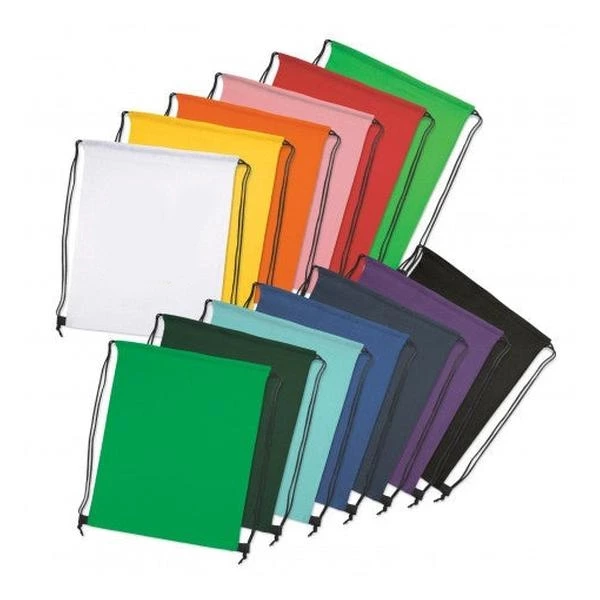Advantages And Disadvantages Of Non-woven Environmental Protection Bag Materials
The material of non-woven environmental protection bag is Non-woven Shopping Bag, which is a green product. It is tough and durable, beautiful in shape, breathable, reusable, washable, can be printed with advertisements and marks, and has a long service life. Non-woven fabrics have no warp and weft, so cutting and sewing are very convenient, and they are light and easy to shape, and are deeply loved by handicraft enthusiasts. It is not made of yarns interwoven and knitted together, but the fibers are directly bonded together by physical methods. Non-woven fabrics break through the traditional textile principles and have the characteristics of short process flow, fast production rate, high output, low cost, wide application, and multiple sources of raw materials.
Advantages:
1. Lightweight: Polypropylene resin is the main raw material for production, with a specific gravity of only 0.9, only three-fifths of cotton, fluffy and good feel.
2. Soft: It is composed of fine fibers (2-3D) and lightly hot-melt bonded. The finished product is moderately soft and comfortable.
3. Water repellent and breathable: Polypropylene slices do not absorb water, with zero moisture content. The finished product has good water repellency. It is composed of 100% fiber with porosity and good breathability. It is easy to keep the cloth dry and easy to wash.
4. Non-toxic and non-irritating: The product is produced with FDA-compliant food-grade raw materials, does not contain other chemical ingredients, has stable performance, is non-toxic, has no odor, and does not irritate the skin.
5. Antibacterial and anti-chemical agent: Polypropylene is a chemically blunt substance, not moth-eaten, and can isolate the erosion of bacteria and insects in the liquid; antibacterial and alkali corrosion, the finished product does not affect the strength due to erosion.
6. Antibacterial. The product has water repellency, does not mold, and can isolate the erosion of bacteria and insects in the liquid, and does not mold.
7. Good physical properties. It is made by directly laying polypropylene spinning into a net and hot bonding. The strength of the product is better than that of general short fiber products. The strength is non-directional, and the longitudinal and transverse strengths are similar.
8. In terms of environmental protection, the raw material of most non-woven fabrics is polypropylene, while the raw material of plastic bags is polyethylene. Although the two substances have similar names, they are very different in chemical structure. The chemical molecular structure of polyethylene has a very strong stability and is extremely difficult to degrade, so it takes 300 years for plastic bags to decompose completely; while the chemical structure of polypropylene is not strong, and the molecular chain can be easily broken, so it can be effectively degraded and enter the next environmental cycle in a non-toxic form. A non-woven shopping bag can be completely decomposed within 90 days. Moreover, non-woven shopping bags can be reused more than 10 times, and the pollution to the environment after disposal is only 10% of that of plastic bags.
Disadvantages:
1. Poor strength and durability compared with textile fabrics.
2. Cannot be washed like other fabrics.
3. The fibers are arranged in a certain direction, so they are easy to split from the right angle direction, etc. Therefore, the improvement of the production method is mainly focused on the improvement of preventing splitting.
